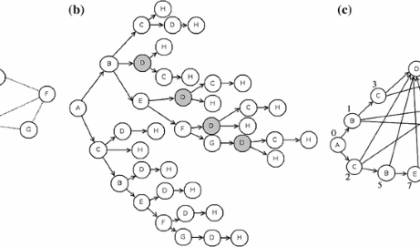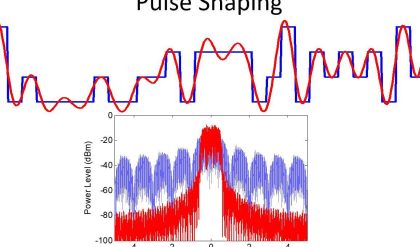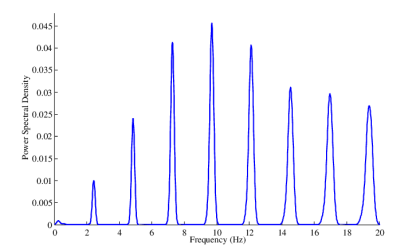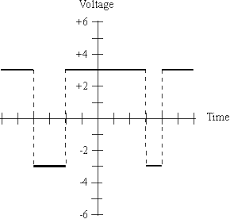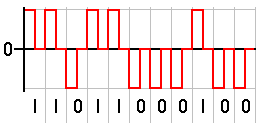Pulse Width Modulation (PWM) or Pulse Duration Modulation (PDM) or Pulse Time Modulation (PTM) is an analog modulating scheme in which the duration or width or time of the pulse carrier varies proportional to the instantaneous amplitude of the message signal.
The width of the pulse varies in this method, but the amplitude of the signal remains constant. Amplitude limiters are used to make the amplitude of the signal constant. These circuits clip off the amplitude, to a desired level and hence the noise is limited.
The following figures explain the types of Pulse Width Modulations.

There are three variations of PWM. They are −
· The leading edge of the pulse being constant, the trailing edge varies according to the message signal.
· The trailing edge of the pulse being constant, the leading edge varies according to the message signal.
· The center of the pulse being constant, the leading edge and the trailing edge varies according to the message signal.
These three types are shown in the above given figure, with timing slots.
